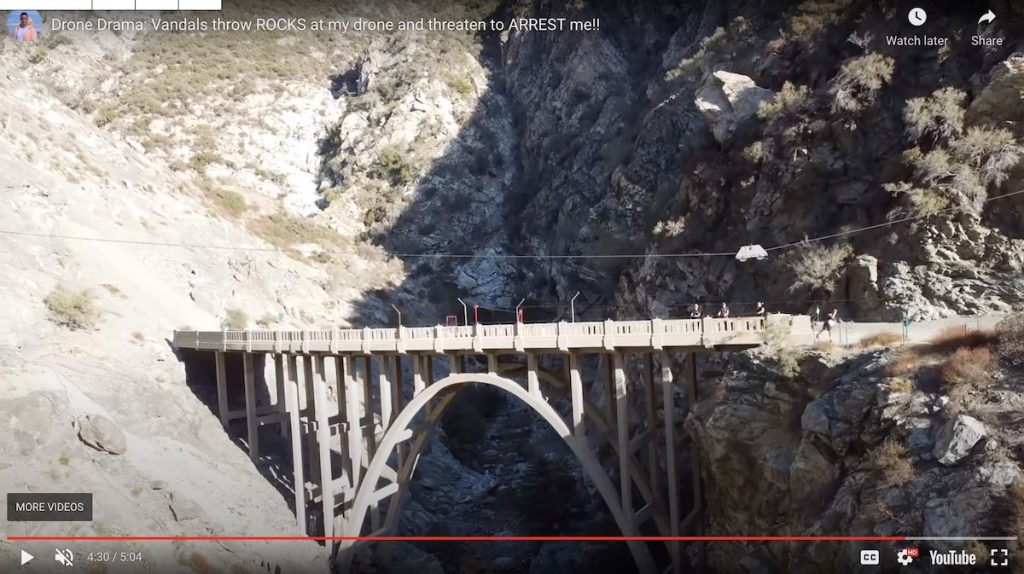The implementation of Remote ID for drones has been talked about for years. The idea behind Remote ID is that every drone would broadcast its location and the location of the Remote Pilot in Command (RPiC). The purpose behind Remote ID is to protect the public from irresponsible pilots who endanger the public by violating the rules that have been put in place by the FAA.
I am in favor of the concept behind Remote ID but there are some difficulties with the proposed regulations as they stand. One issue with Remote ID is that the location of the RPiC would be made available to the general public. There are several scenarios where this could be problematic.
Consider this video where this pilot was confronted by some strangers throwing rocks at his drone in a remote location.
They threatened to arrest him if he did not delete the videos on his drone. While they claimed to be law enforcement, I highly doubt that they were. There were seven of them and only one of him. It could have turned out very differently. But he remained calm and collected and was able to creatively defuse the situation.
Imagine if people like this were able to track down the location of a drone pilot in a remote location using Remote ID. It could put the pilot in a risky situation. Most pilots are focused on flying their drones and not always aware of their surroundings. They become easy prey.

Most people realize that drones are expensive. They would be an attractive target for criminals. It would not be difficult for would-be theives to track a drone with the intent of stealing it from its owner.
If Remote ID is to come to fruition, we need better. The location of the pilot is not something to be broadcast to the public. If locations are made available then it should be limited to law enforcement agents only.

Want to follow this site